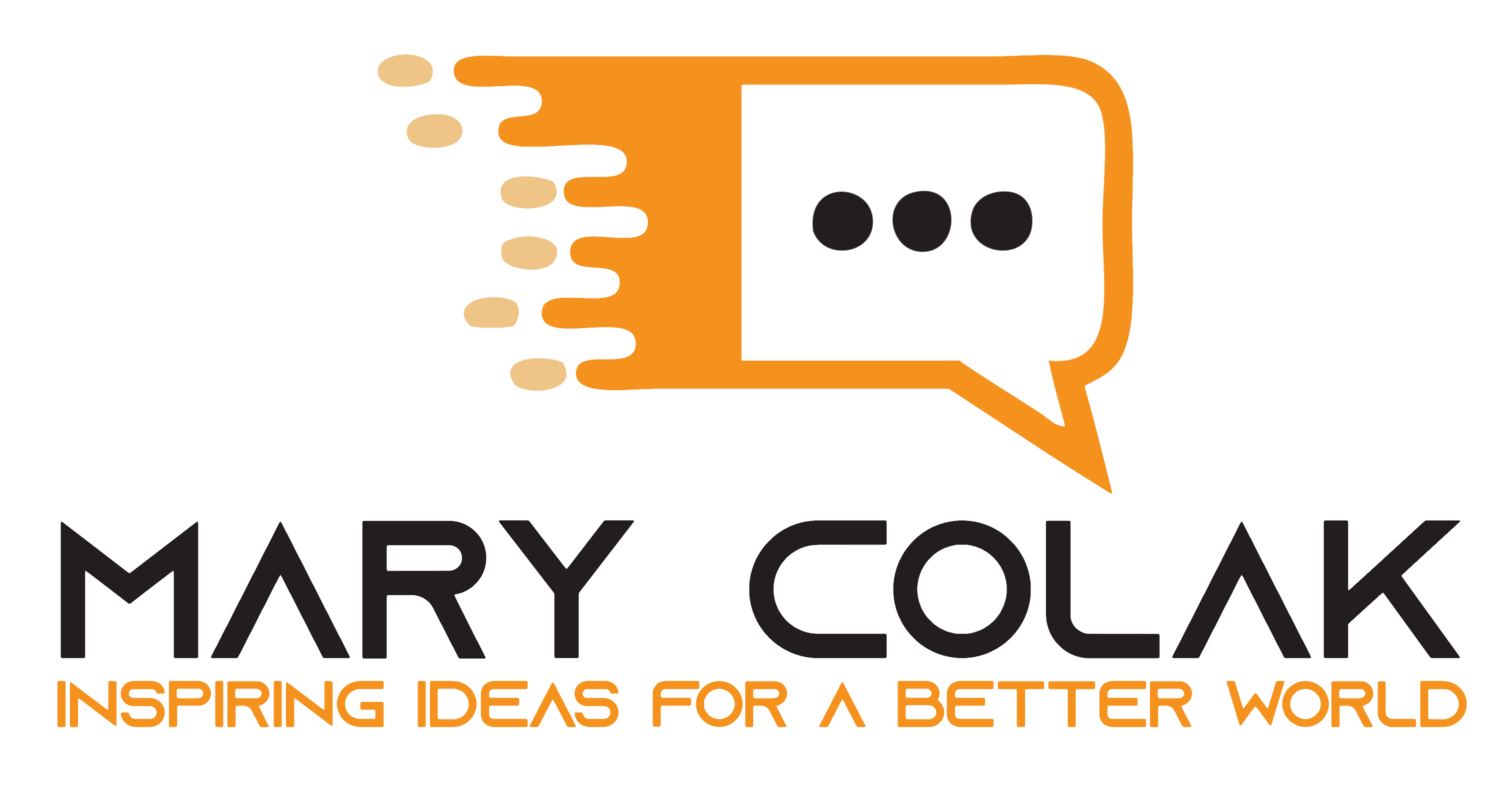Powerhouses of motivation, no place for dead ideas
Powerhouses of Motivation
The best tool for motivating teams to complete projects is the project charter. In fact, when all else fails, this simple tool helps teams get over project plateaus.
At its heart, the project charter is an essential ingredient in the "define" phase of any Lean project. It sets the stage for how the project and its outcomes will be measured, analyzed, improved and controlled.
While project charters come in different shapes and formats - from simple handwritten descriptions to formatted A3 documents to multiple typed pages - their function is always the same: Project charters establish focus and motivation for the team.
There are six elements in any good project charter. They include the business case, problem statement, project scope, project goals and objectives, project milestones, and project roles and responsibilities. Here is how these elements contribute to the project.
The business case describes the project and its impact on the organization's strategic business objectives. The business case can be a powerful motivational tool to explain why the project is worth doing.
The problem statement identifies the problem that the project will address. The problem statement is specific and measurable. It indicates how long the problem has existed and describes the gap between current and desired states. (The problem statement differs from the business case in that the business case is a non-quantifiable statement about the problem. The problem statement, on the other hand, is specific and quantifiable.)
The project scope defines the boundaries of the project work. It also helps avoid scope creep - situations when "what is inside the scope bleeds into what is outside the scope." Scope creep is the second most common reason for project failure (the number one reason is poor team dynamics).
Goals and objectives in the project charter identify what will be accomplished and within what timeframe. Use the "SMART" methodology to define your project's goals and objectives - that is, keep the goals and objectives specific, measurable, attainable, realistic and on-time (i.e., provide a timeline).
Milestones are dates assigned to each goal. They help the team stay on track with the project and are important for overall project completion.
Roles and responsibilities are a key part of the project charter. The roles include a project champion (absolute "must") who allocates resources, removes obstacles to the project, and identifies the project team. In addition, a project manager (internal or external to the organization) as well as an internal team leader is required. And, of course, the project team is an essential component. However, keep the number of team members to eight or less for better manageability of the overall project.
Project charters may have other elements in addition to the above, but start with these six to ensure your project charter is effective.
Also, treat the project charter as a living document for a living project. In doing so, you may very well save your life on the project!
No Place for Dead Ideas in Successful Organizations
When it comes to "leaning" organizations for success, projects worth doing provide outcomes of increased efficiency and productivity. Marked improvements in quality and quantity of services and products are the hallmarks of thriving organizations.
However, in the organization's quest for success, it is important to not lose sight of how projects are impacting employees and their performance. Organizations with high-performing employees are able to deliver top notch customer service.
When it comes to improving process, the more risk-averse organizations undertake projects that produce incremental improvements. While this approach may provide desired results, sometimes, playing it safe may mean that the organization is building on dead ideas - improving upon systems and processes that have long outlived their usefulness.
Matt Miller, journalist and author of The Two Percent Solution, suggests three steps to letting go of dead ideas to propel you and your organization to success.
Identify the ideas that matter. Since we can't boil the ocean, pick the projects or ideas that will really make a profoundly positive impact on your organization or your life. These ideas will typically be strategic - those "sacred" ideas that no one has dared question until now.
Understand each dead idea's "story." This comes down to identifying the root cause. How did this process become so entrenched with sub-processes? Why did this process seem to make sense in the first place? By understanding the root cause of the idea, it's much easier to discern an action for change.
Reach for new ways of thinking. Don't dismiss ideas because they seem counterintuitive. If they seem counterintuitive, this may be a sign of how skewed our thinking has become, entrenched with only one way of doing things. Brainstorm. Look at possibilities. By reaching for new ways of thinking, we expand our minds.
In the end, organizations need to continuously improve and grow. Shedding old ways of doing things and inventing and implementing new concepts allows everyone in the organization to thrive.
Don't get stuck in an outdated paradigm just because it's been there all along.


